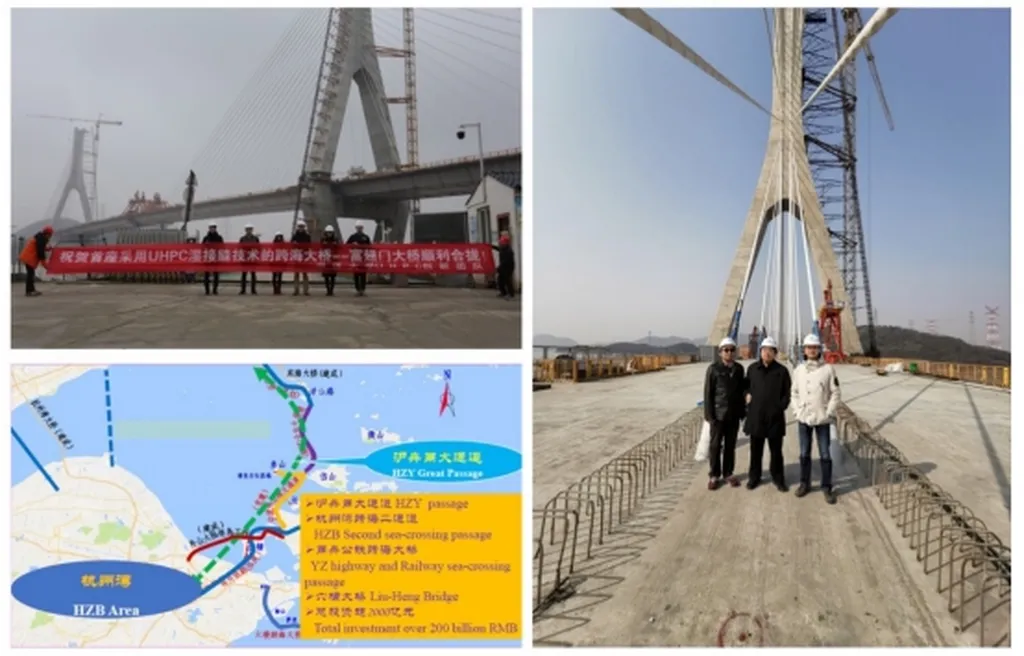In the ever-evolving world of construction materials, predicting the mechanical properties of Ultra-High-Performance Concrete (UHPC) has long been a complex challenge. However, a groundbreaking study led by ZhiGuang Zhou from the State Key Laboratory of Disaster Mitigation for Structures at Tongji University in Shanghai, China, is set to revolutionize the industry. Published in the journal *Materials Research Express* (translated to English as “Materials Research Express”), the research introduces a novel approach using hybrid machine learning models to accurately predict the mechanical performance of UHPC.
The study evaluates three hybrid machine learning models—XGB-LGB, RF-XGB, and ET-LGB—to predict the compressive strength (CS), flexural strength (FS), and tensile strength (TS) of UHPC. Each dataset was meticulously standardized and split into training and testing subsets, with hyperparameter optimization conducted using a random search algorithm to enhance prediction accuracy. The performance of each model was rigorously assessed using five key metrics: mean squared error (MSE), root mean squared error (RMSE), mean absolute error (MAE), mean absolute percentage error (MAPE), and coefficient of determination (R²).
Among the models, the ET-LGB model stood out, achieving the highest accuracy across all target outputs, with R² values reaching 0.99 in both training and testing phases. “The ET-LGB model demonstrated exceptional reliability and accuracy, making it a game-changer for predicting UHPC properties,” said Zhou. The XGB-LGB model also showed strong performance, particularly for CS and FS, achieving R² values of 0.99 and 0.98, respectively. In contrast, the RF-XGB model showed relatively lower accuracy, especially for TS, with R² values around 0.93.
To improve model interpretability, the researchers employed SHAP-based sensitivity analysis, including feature importance plots, beeswarm plots, and heatmaps, to analyze the contribution of input features to model predictions. Additionally, an uncertainty analysis was performed to measure the robustness of predictions. “By integrating hybrid ensemble models with SHAP-based explainable AI and uncertainty quantification, we achieved high accuracy, model interpretability, and robustness assessment, which are rarely combined in UHPC prediction studies,” Zhou explained.
The implications of this research are profound for the construction and energy sectors. Accurate prediction of UHPC properties can lead to more efficient and cost-effective construction processes, ultimately benefiting large-scale infrastructure projects. “This research opens up new possibilities for the practical application of UHPC in various industries, including energy, where the demand for high-performance materials is ever-increasing,” Zhou noted.
As the construction industry continues to evolve, the integration of advanced machine learning techniques with traditional materials science holds immense potential. This study not only advances our understanding of UHPC but also paves the way for future developments in the field. With the ET-LGB model proving to be the most reliable and accurate, followed closely by XGB-LGB, the future of UHPC prediction looks promising. As published in *Materials Research Express*, this research marks a significant step forward in the quest for high-performance construction materials.

